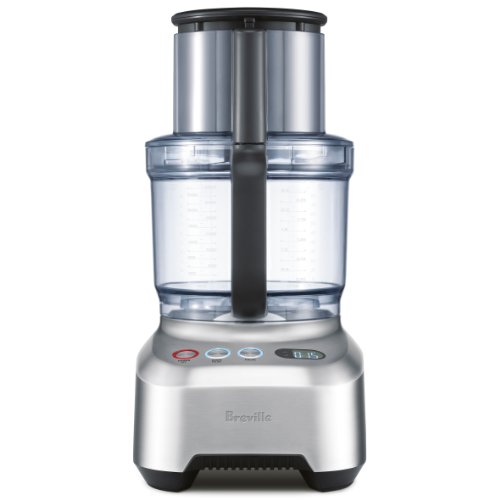
[Photographs: Vicky Wasik]
I love soft and fluffy Parker House rolls as much as anyone, but when faced with the creamy casseroles, buttery mashed potatoes, sausage stuffing, pan-drippings-turned-gravy, and all those other uber-rich classics, what I crave is something lean and crusty. And there’s nothing wrong with classic hard rolls, but without a steam-injected oven, they’re never quite as crusty as I’d like.
Most recipes get around that problem by using a pan of ice in the oven, or water splashed onto a hot sheet pan to create steam, but I recently stumbled on an unexpected alternative. See, I’ve been working to perfect my DIY bagel game for a while. And ever since working in a Japanese bakery, I’ve been obsessed with yukone (also known as tangzhong), a bread-making technique that harnesses the power of pre-gelatinized starch to tenderize the crumb and improve the shelf life of certain recipes.
I tried smashing the two techniques together, and, while it was instantly apparent that I’d committed an unspeakable crime against bagels, the result was a mighty fine dinner roll—chewy like French bread, but more tender because of the yukone, with a crisp and crackling crust thanks to that bagel-style dip in boiling water.

This Frankenstein recipe proved to produce my ideal dinner rolls, not only because they’re light, lean, and crusty but because the dough itself is made and shaped a day in advance. That lets me knock out the messiest and most time-consuming stages of the recipe long before the last-minute crunch of pulling a fancy dinner together. Once they’re boiled, which halts their rise, the rolls can be held at room temperature for up to four hours, so you’ve got plenty of wiggle room when it comes to timing.
Start the night before by making the yukone, which is cooked on the stovetop. It’s something like a roux, but with water in place of butter—essentially a flour/water paste that’s cooked over medium heat until thickened. This gelatinizes the flour’s starch, changing its behavior in several important ways. Aside from keeping the dough thick and easy to handle, despite the fact that it clocks in at close to 75% hydration—a baker’s way of saying there are 12 ounces of water for every pound of flour—pre-gelatinized starches create a particularly tender crumb, and improve Maillard browning as well, giving the crust a deeper color and flavor.

Freshly made, this roux-like paste will be hot enough to kill the yeast at first, so let the yukone cool down to somewhere between 70 and 100°F (21 and 38°C). From there, you’ll pulse the remaining flour with yeast, sugar, and salt in a food processor, then add the yukone and remaining water.

In just 90 seconds, the dough will transform from a rough and shaggy ball into something silky, smooth, and strong. The dough will feel extremely sticky to the touch, but you’ll need only a pinch of flour to handle it with ease.


The dough will rise for an hour in the fridge, which keeps it from growing too fast and makes it less sticky to the touch, so it’s easier to shape. For that, you’ll divide the dough into 12 roughly equal portions; you can use a scale if you’re feeling compulsive, but the subtle variations you’ll get from doing it by eye won’t cause any problems. Just cup each portion against an un-floured work surface, and move your hand in quick circles to round up each piece of dough into a ball.
Arrange the rolls on a parchment-lined half sheet pan, cover with plastic, and refrigerate until they’re roughly doubled in size—between eight and 10 hours. This is a great dough to make ahead and proof overnight.

Like a bagel, the rolls are boiled in water to help develop their crust. Rather than attempt to pull the puffy dough off the parchment, I just snip the paper so that each roll sits on its own little square. Handling the parchment lets me pick up each roll without fear of squishing it, and drop it into the boiling water without any fuss. Steam also makes it easy to peel off the parchment along the way, but most often, it simply slips off on its own.

After a few seconds, you’ll have a weird, matzo-ball-looking dumpling on your hands, but fear not! Simply arrange the boiled dough on a baking sheet, and have faith—a half hour in a hot oven will transform them into golden dinner rolls with a beautifully crackling crust.

Enjoy immediately, or hold them at room temperature until you’re ready for dinner, then toss ’em back in to warm before serving. Whether served with butter or split in half to stuff with slices of turkey and a spoonful of cranberry sauce, these unusual rolls will make a welcome addition to your table at Thanksgiving (or any time of year, for that matter).
Get the Recipe
-
The Best Dinner Rolls (Fluffy, Crusty, and Chewy)
Your purchase on Amazon helps support Serious Eats.


